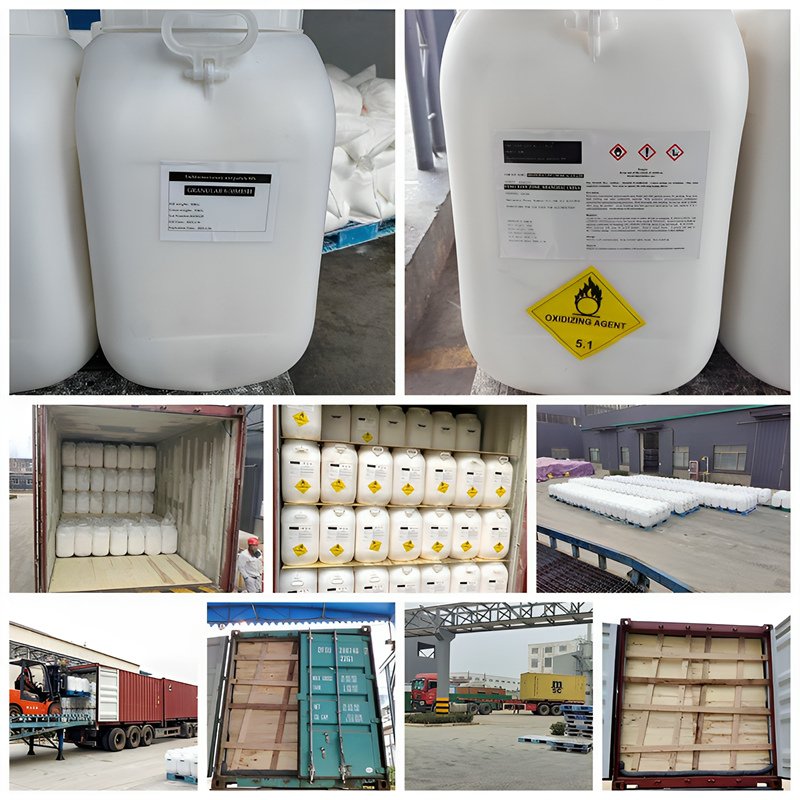N-Butyl Acetate
N-Butyl Acetate is an important organic solvent with good solubility, aromatic fruity smell, and low toxicity. It is widely used in coatings, paints, inks, detergents, spices, and food.
| Appearance | A colorless liquid with a fruity aroma. |
|---|---|
| Solubility | It can be miscible with various organic solvents such as alcohols, ethers, ketones, etc., but its solubility in water is low (about 7.5%). |
| Volatility | It has strong volatility and is suitable for applications that require rapid evaporation. |
| Flashpoint | 22.2℃ |
| Boiling point | 126.1℃ |
| Melting point | -78℃ |
N-Butyl Acetate (also known as n-Butyl ethanoate) is a colorless, flammable liquid with a characteristic fruity odor. It is widely used as an excellent solvent in the production of paints, coatings, adhesives, inks, and pharmaceuticals. Thanks to its good volatility and solubility properties, it is critical in improving product performance in various industries.
N-Butyl Acetate Applications
Paints and varnishes:
N-butyl acetate has good solubility. It can dissolve resins, plastics, and other components that are not easily dissolved by solvents, help adjust the viscosity and drying speed of the paint, improve leveling, and enable the paint to be evenly applied during construction to form a smooth and flat paint film.
Ink:
n-Butyl acetate is often used in ink manufacturing, especially for dissolving pigments and dyes in inks to ensure good fluidity and drying of inks.
Cleaning agents:
N-butyl acetate is used in cleaning agents, especially when removing difficult-to-clean substances such as grease and resin, and has a good decontamination effect.
Spice and food:
n-Butyl acetate has a slightly fruity aroma, so it is also used as a spice ingredient. It is often used to add a fruity aroma to food and beverages. It is also used in the processing of certain candies, beverages, etc.
Laboratory and chemical synthesis:
n-butyl acetate can be used for dissolution, extraction, and chemical reactions in the laboratory. In addition, it can also be used as an intermediate in other chemical syntheses.
Why Choose Us?
✅ Stable Supply from Factory: Reliable, long-term supply for global clients.
✅ Competitive Prices: Direct from the manufacturer, no middleman cost.
✅ Strict Quality Control: Each batch is tested before shipment.
✅ Fast Delivery: Flexible logistics to meet urgent needs.
✅ Customized Solutions: Technical support for special requirements.
Need N-Butyl Acetate with a stable supply and a competitive price?
👉 Contact us now or WhatsApp: +86 135 9870 4163 for a fast quotation within 12 hours.
Health Effects and Safety
Although n-butyl acetate has low toxicity, it may still cause health effects, especially when exposed to large amounts for a long time, and there are some issues that you should pay attention to:
Inhalation risk:
The vapor of n-butyl acetate may irritate the respiratory tract. Prolonged inhalation of its vapor may cause symptoms such as headache, dizziness, nausea, sore throat, etc.
Recommendation: Use in a well-ventilated environment and wear appropriate respiratory protection equipment.
Skin contact risk:
Prolonged contact with n-butyl acetate may cause skin dryness, irritation,n or allergic reaction.
Recommendation: Wear protective gloves during operation and avoid direct contact with skin. If contact occurs, wash thoroughly with soap and water immediately.
Eye contact risk:
The vapor or liquid of n-butyl acetate may cause irritation, redness, or tearing when it contacts the eyes.
Recommendation: Wear goggles during operation. If contact occurs to the eyes, rinse immediately with plenty of water and seek medical help.
Storage
Flammability:
N-butyl acetate is a flammable liquid with a flash point of 24°C. It should be kept away from ignition sources.
Storage requirements:
It should be stored in a cool, well-ventilated place, away from high temperatures and ignition sources.
Protective measures:
When using it, it is recommended to wear protective gloves, glasses, and respirators, especially when operating in confined spaces.
Packaging
Typically, we offer 50kg barrel packaging for the safety and convenience of storage and transportation. But we also provide custom packaging solutions based on the customers’ specific requirements.
The barrels we use to store the chemicals are made of high-density polyethylene (HDPE) plastic. These barrels are highly resistant to chemical corrosion and can resist the corrosion of acids, alkalis, salts, and most chemicals. The barrel wall thickness is approximately 2-5mm, and the barrel cover uses a sealing cover to prevent chemical leakage.
The labeling requirements for the barrel outer packaging completely follow GHS requirements, clearly identifying the hazards of chemicals, including label colors and symbols (such as corrosive, flammable, environmental hazard symbols, etc.). Necessary safety measures are also provided, such as treatment methods and first aid measures after contact with chemicals.
When packing, our factory operators will use forklifts to move the neatly stacked barrels of chemicals into the carriage. Each box of goods has a fixed weight limit to ensure that it is not overloaded. In addition, each layer is equipped with partitions to reduce friction between barrels.
Transportation
Typically, we use the sea transportation. But all the packaging materials are moisture-proof, waterproof, and corrosion-resistant, which can ensure the stability of chemicals and prevent leakage or reaction.
All packages are clearly noted with dangerous goods identification and safety data to meet international transportation regulations during transportation, storage, and operation, and to ensure personnel safety and environmental protection during transportation.
Meanwhile, sea transportation can accommodate a large amount of goods, especially for chemicals that are heavy and large in volume, and th etransportation cost per unit of goods is lower.
In addition, sea transportation has a wide transport network, and almost all ports can be used for sea transportation. Its transportation cycle is also relatively stable and highly secure.





